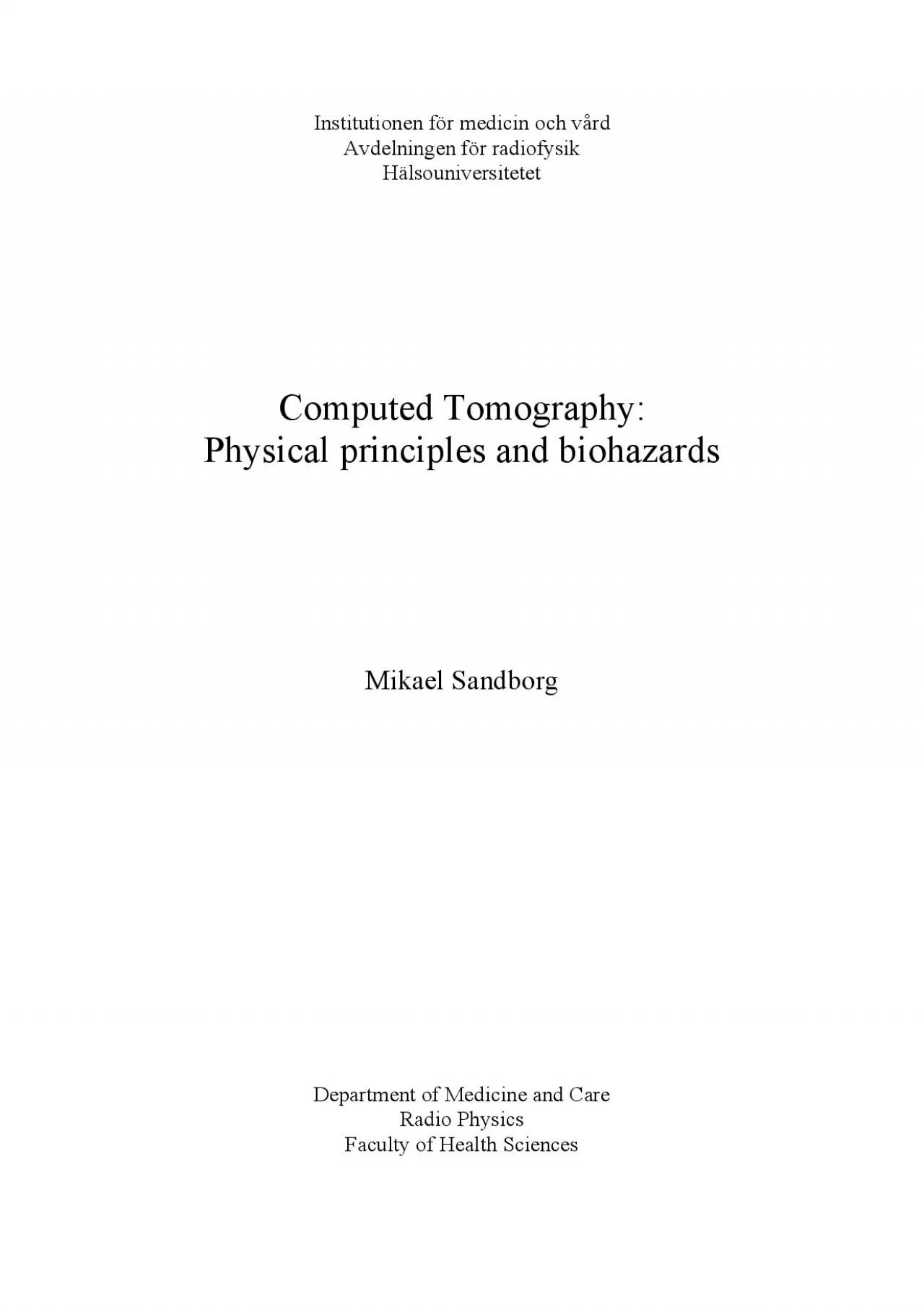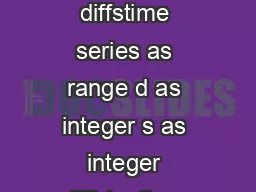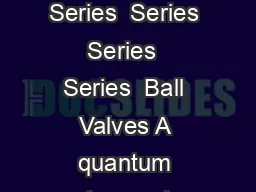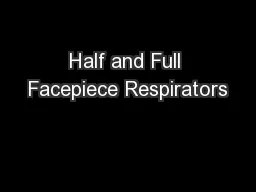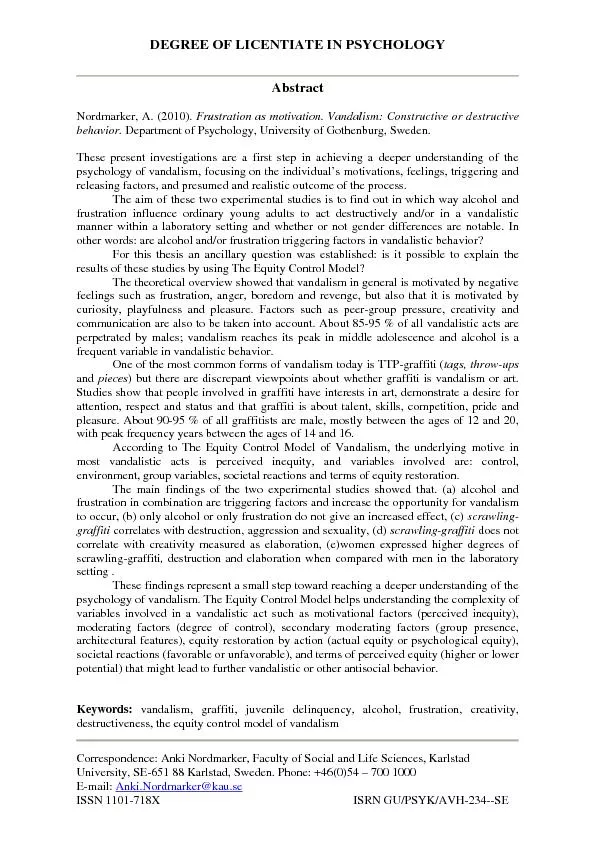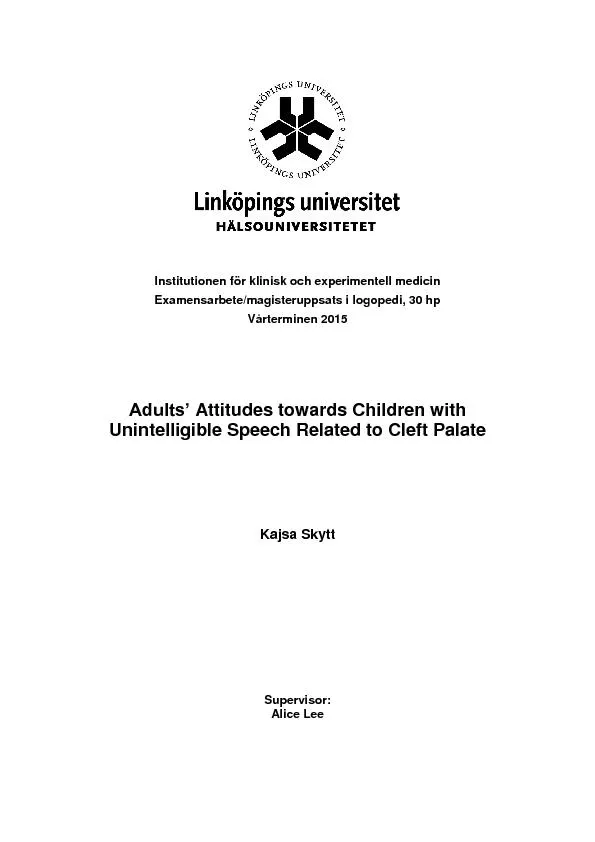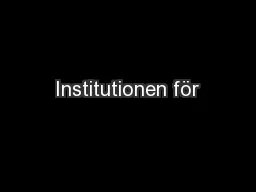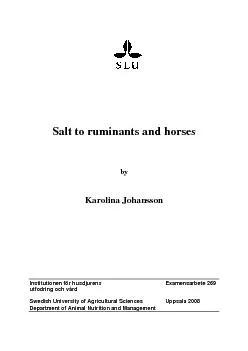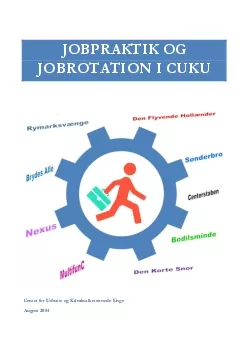PDF-Series Report Institutionen fr radiISSN 11021799 ISRN LIUR
Author : dandy | Published Date : 2022-08-24
5Reconstruction algorithmsThe computer reconstructs an image a matrix of voxels in aslice perpendicular to the rotation axis The procedure to reconstruct the imagebased
Presentation Embed Code
Download Presentation
Download Presentation The PPT/PDF document "Series Report Institutionen fr radiISS..." is the property of its rightful owner. Permission is granted to download and print the materials on this website for personal, non-commercial use only, and to display it on your personal computer provided you do not modify the materials and that you retain all copyright notices contained in the materials. By downloading content from our website, you accept the terms of this agreement.
Series Report Institutionen fr radiISSN 11021799 ISRN LIUR: Transcript
Download Rules Of Document
"Series Report Institutionen fr radiISSN 11021799 ISRN LIUR"The content belongs to its owner. You may download and print it for personal use, without modification, and keep all copyright notices. By downloading, you agree to these terms.
Related Documents

